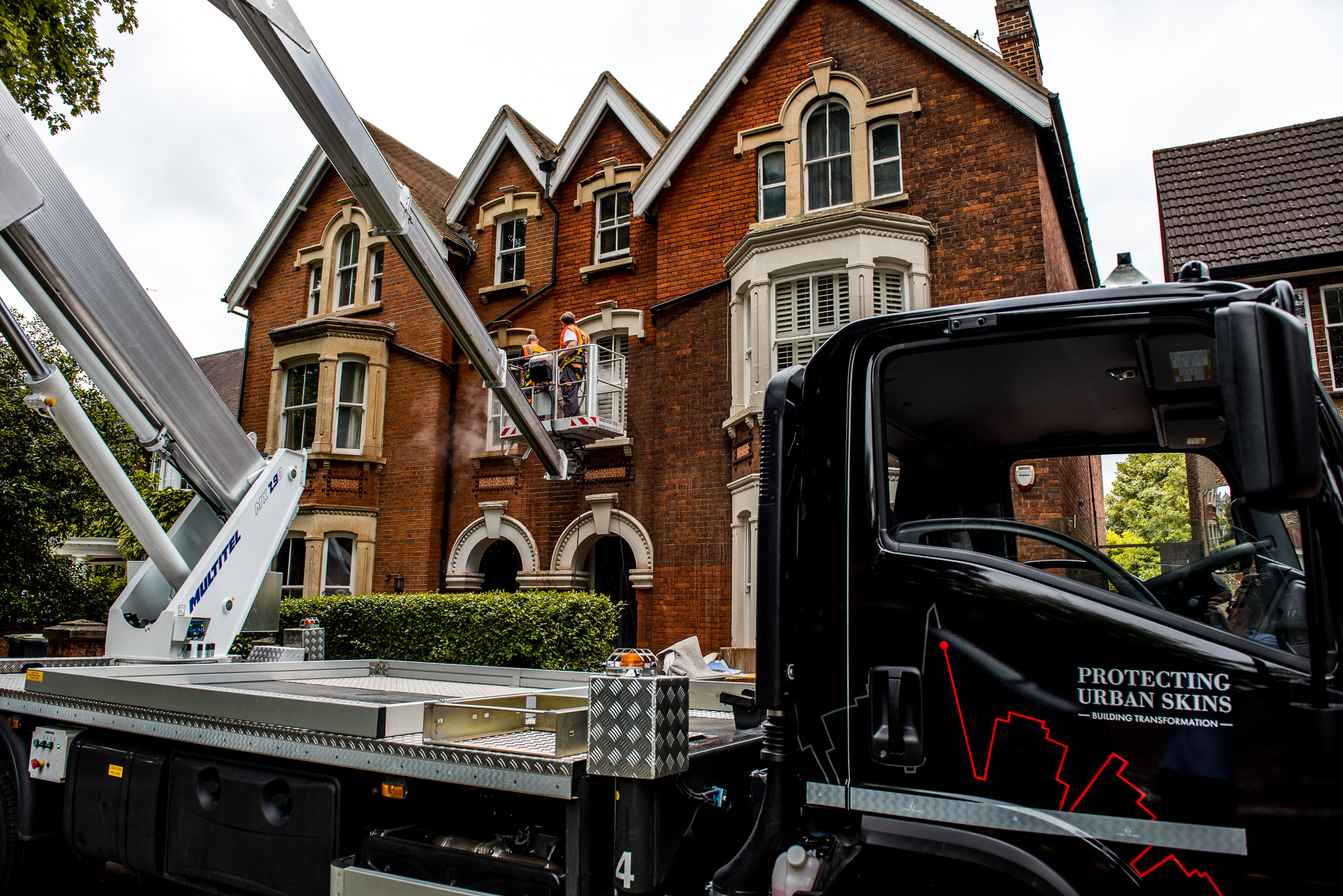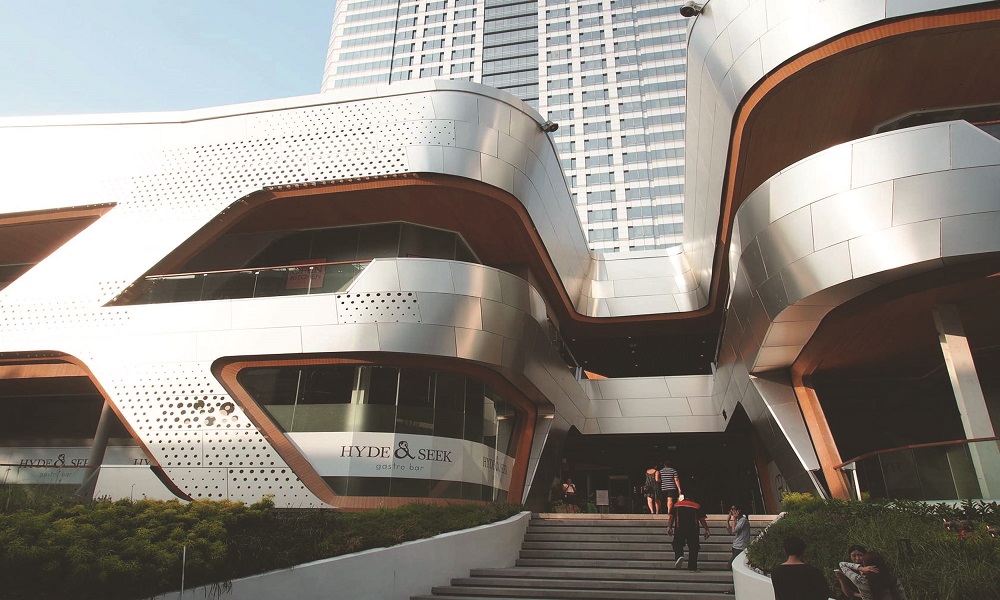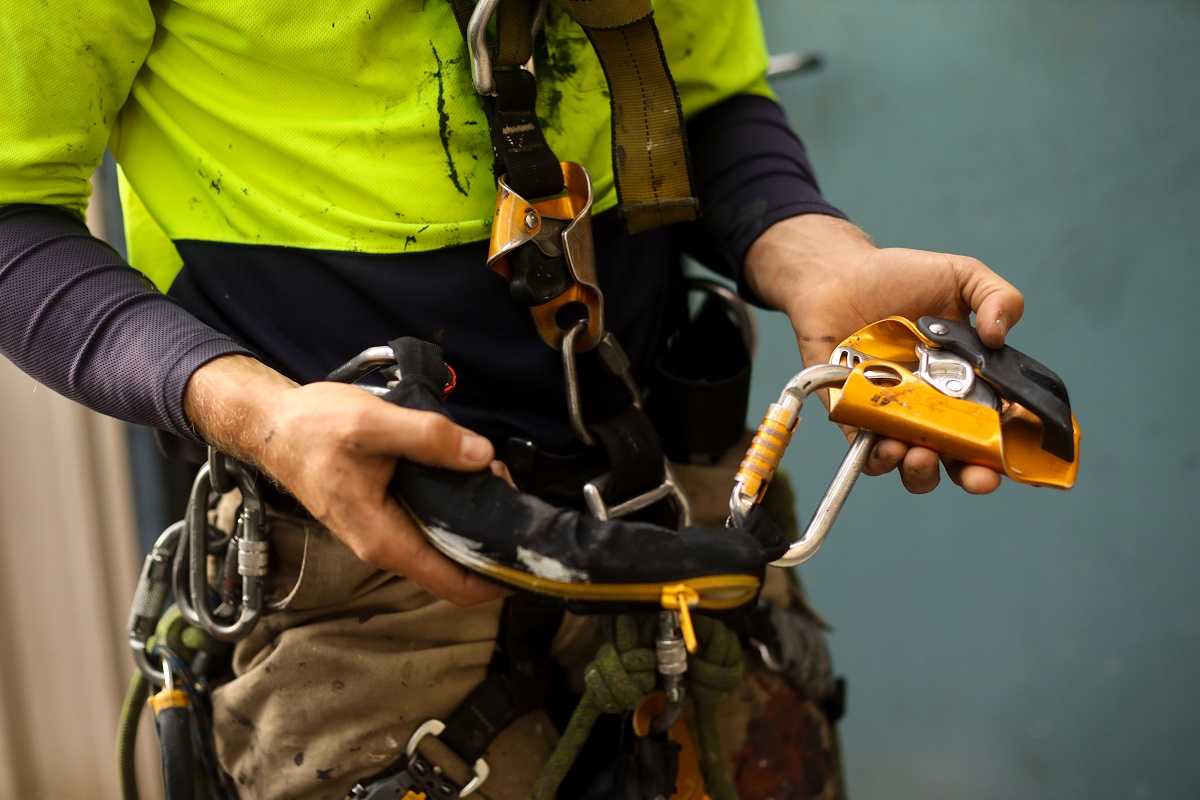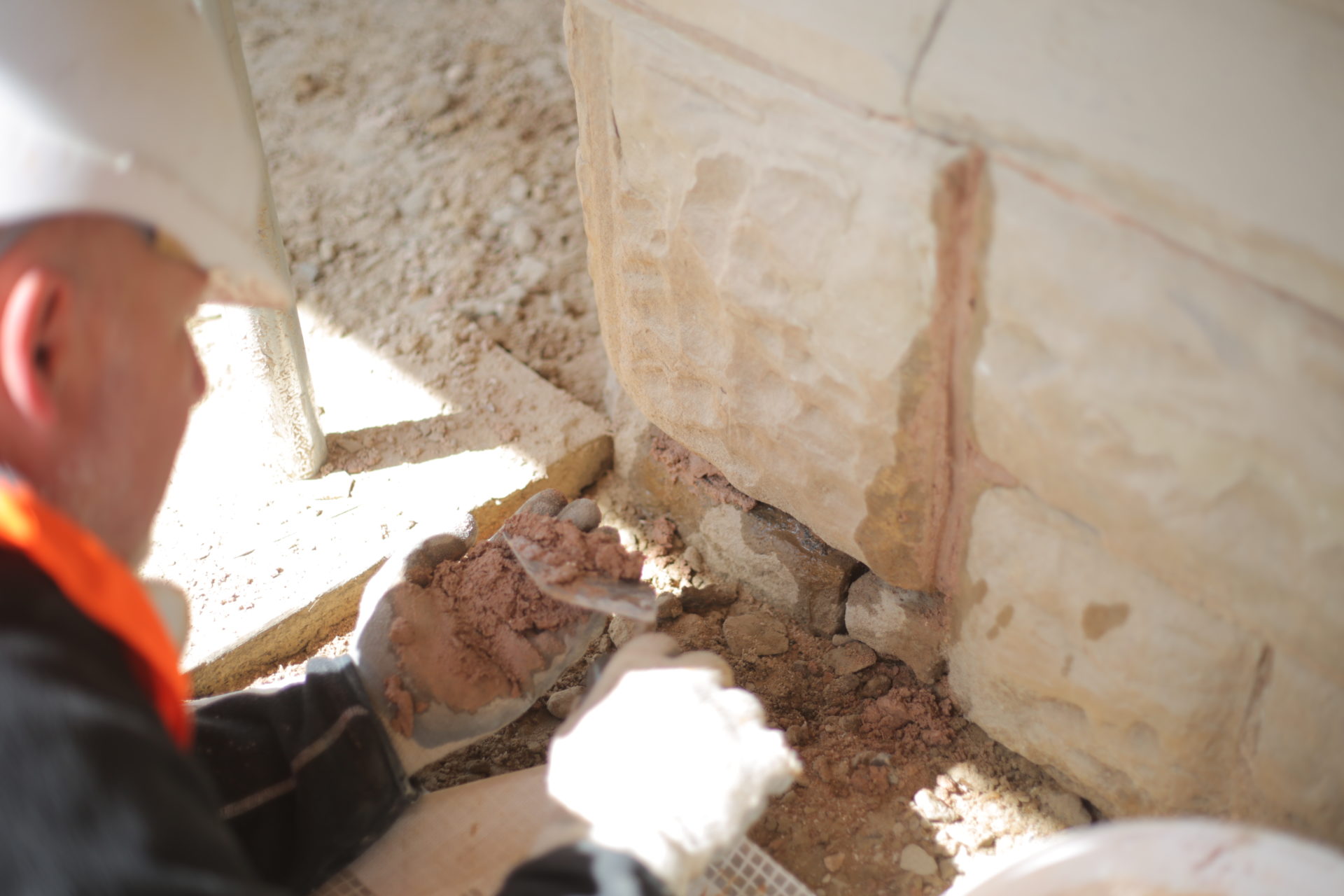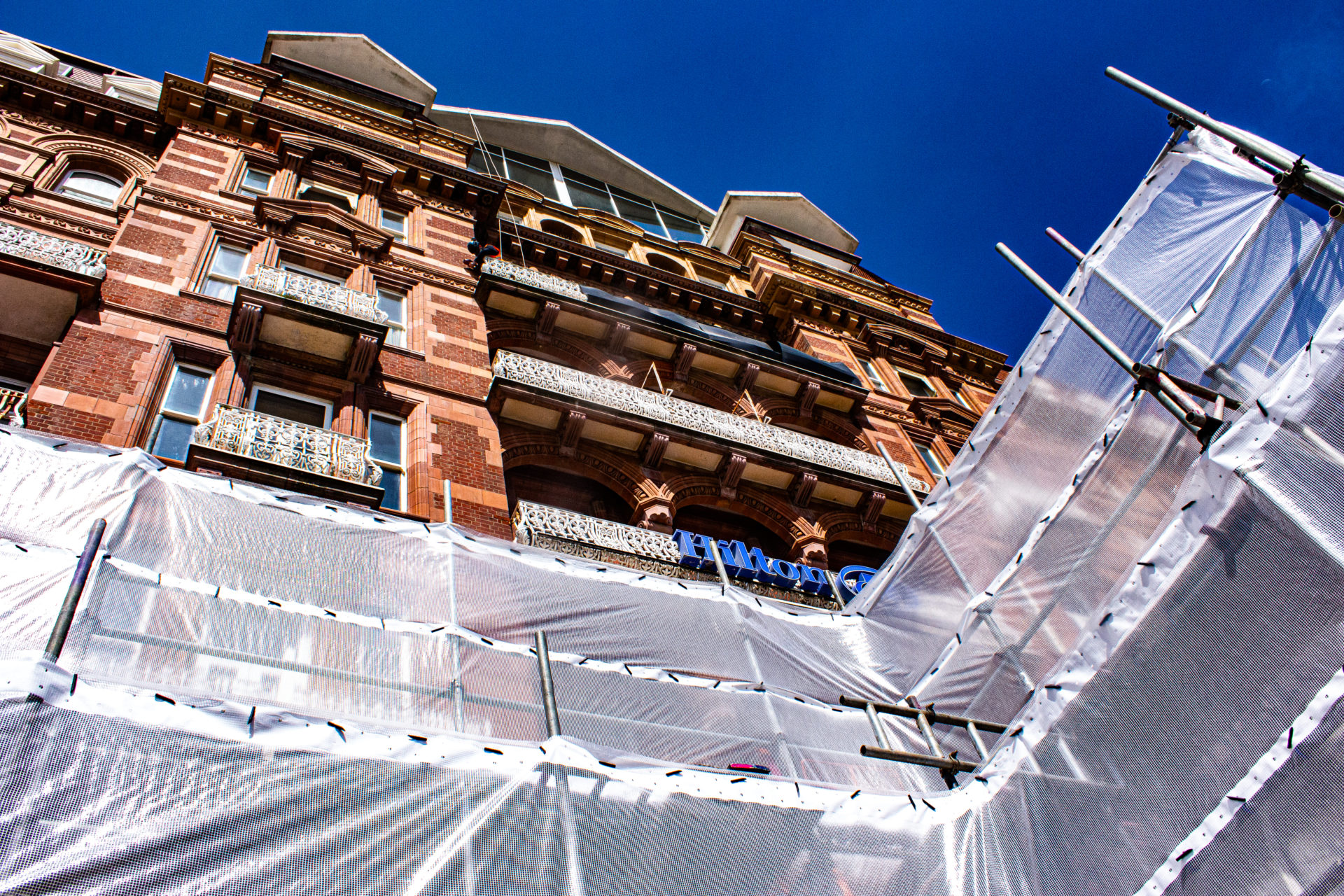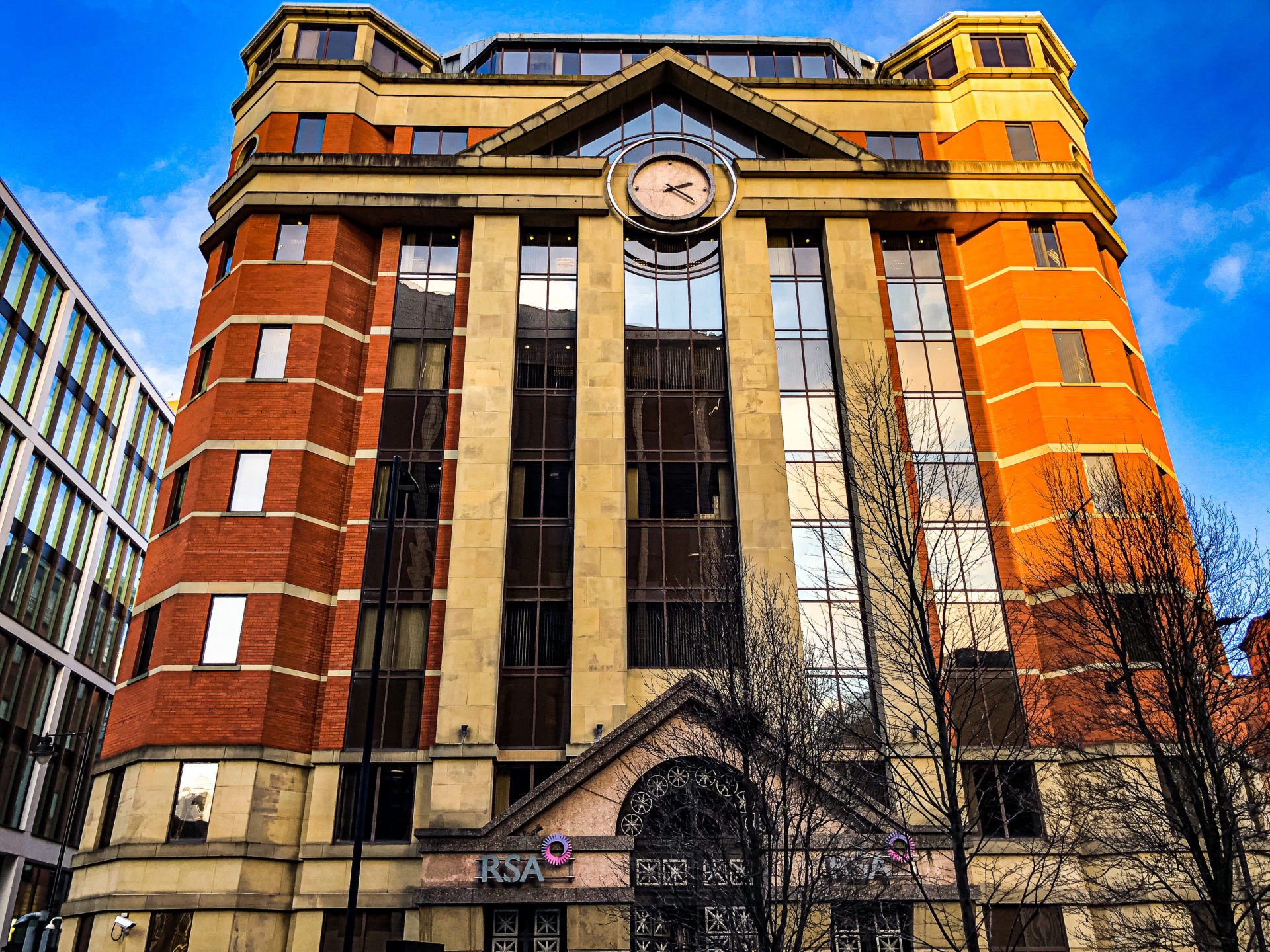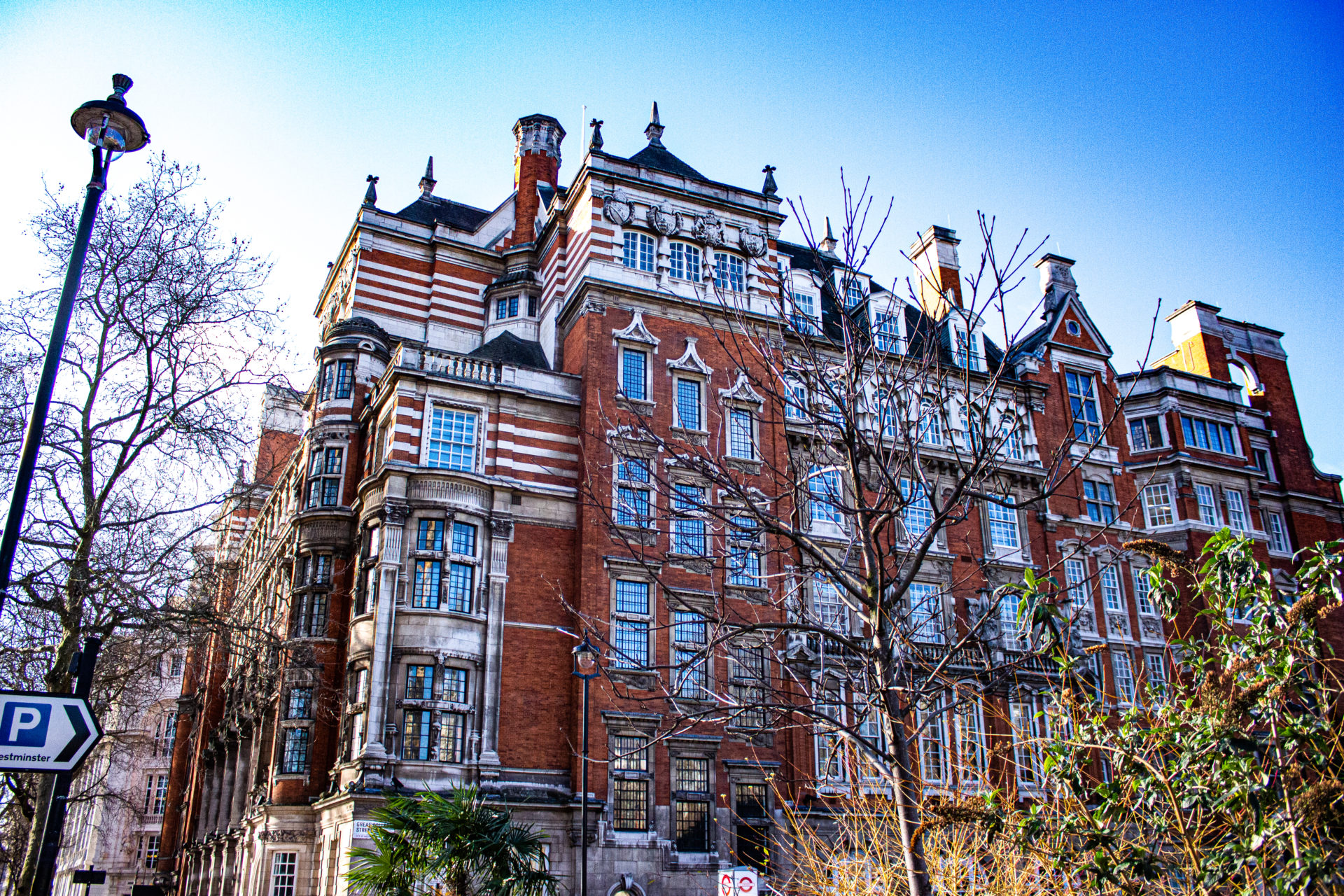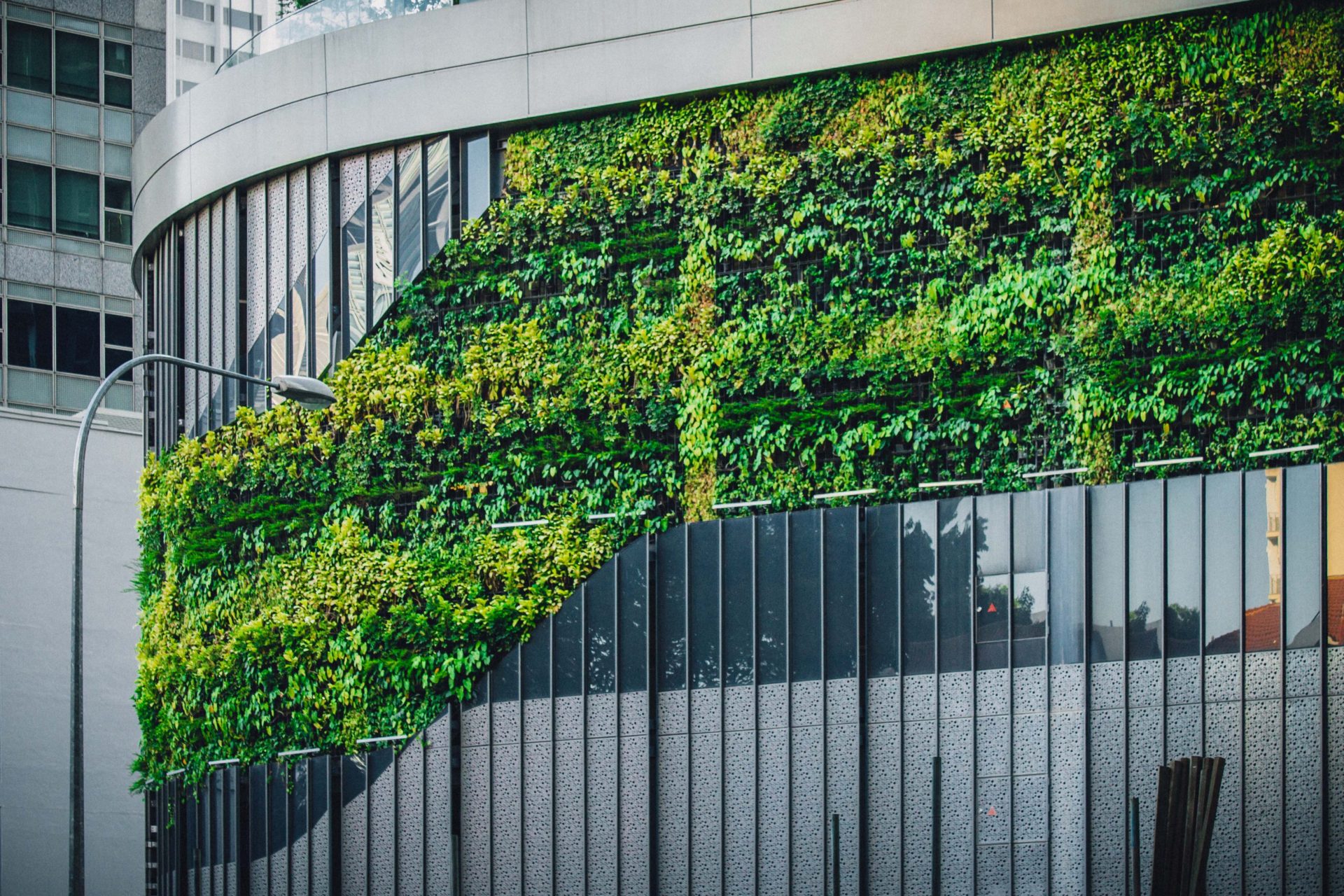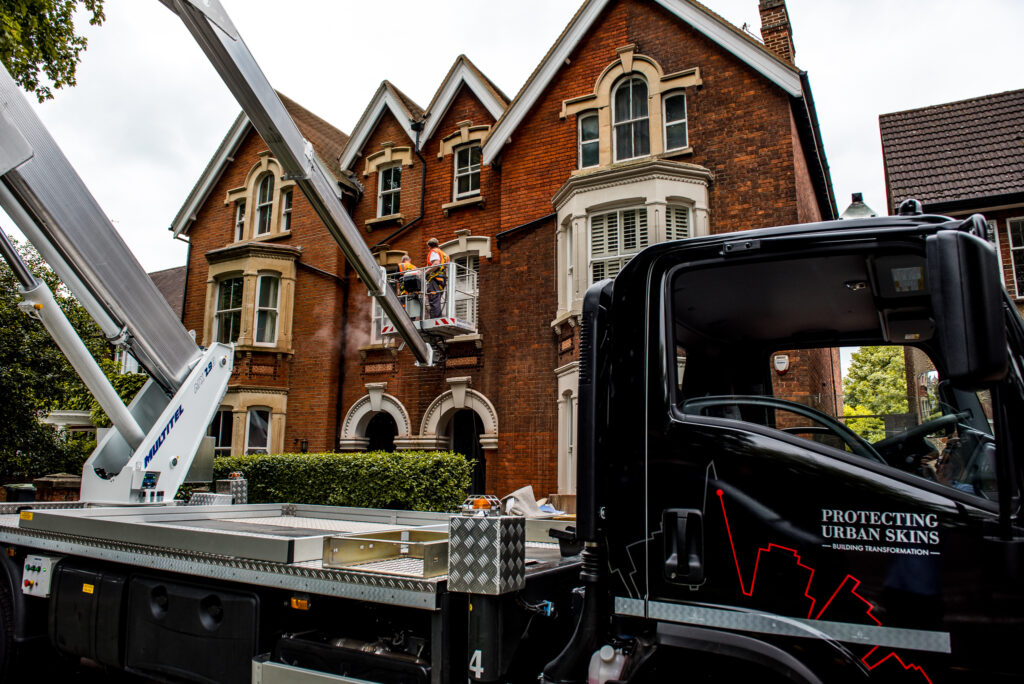
The UK is home to around 600,000 listed buildings and nearly 6 million homes built before 1919. Inevitably, there comes a time when these buildings require some degree of restoration. Building restoration is arguably the most sustainable construction process. Restoration and refurbishment extend a building’s life by giving it a new purpose, reducing material waste, conserving energy, and preserving the skills and creativity that originally went into producing the building. But as climate change and lowering C02 emissions continues to climb the political agenda, there’s never been such a focus on sustainable building, restoration, and finding new ways to source and reuse building materials.
Sympathetic restoration means choosing the most sustainable building materials while also making the most of the latest technologies and processes. Sustainable restoration has a simple set of goals:
- To minimise waste both on and off the site
- Reuse materials and make use of recycled materials
- Avoid the use of complex elements that are difficult to recycle at the end of their use
- Choosing restoration processes that local specialists can deliver
Sustainable restoration
Restoration is a great example of sustainability. However, while you may not associate sustainability with historic and period properties, remodeling, retrofitting, or restoring an old building is almost in every instance greener than building a brand new one. It can take decades for a new and energy-efficient building to sufficiently compensate for the energy that went into its construction. Whereas restoring an old building provides instant eco friendly results.
Here are five simple measures you can take to reduce your carbon footprint and make your building restoration project more sustainable.
1. Retaining original features
The most sustainable thing you can do on a restoration project is to retain and repair as many original features as possible such as windows, doors and timber beams. Especially if you are considering replacing them with plastic. If your original features are looking worn, there are usually simple methods you can use to restore them to their original (or close to original) state.
2. Thermal insulation
Use as much thermal insulation as possible throughout the building and choose materials that are natural and chemical-free. This insulation type may include battens of cotton or hemp, wood-fibre boards in the walls, ceilings and roof space, and recycled glass/limecrete layers under the floors.
3. Eco-friendly paints
Choose environmentally-friendly paints and wood stains both internally and externally on walls, floors, doors and windows. A water based treatment has a carbon footprint that’s approximately a third lower than solvent-based paint. Consider lime plaster, distemper and a lime wash for the interior decoration. If you need to remove old paint first, you should also consider following ecologically friendly methods.
4. Natural materials
Use natural and sustainable materials such as timber or stone wherever possible. Not only is this environmentally friendly, but it also allows the building to breathe to aid its preservation. Natural materials can either be reused or allowed to naturally degrade when no longer required, providing a sustainable life-cycle.
5. Recycled materials
Reusing materials, rather than buying new, can save up to 95% of carbon emissions. Recycled materials include everything from clay roofing tiles and bricks to lime for mortar and hair for plaster can all get a second use. You can buy recycled building materials from salvage centres, reclamation yards or directly from demolition sites.
Historical architecture is something for us to enjoy and adds to the history and culture of where we live and work. These buildings also make important contributions to the UK economy through tourism. By restoring these buildings sympathetically and sustainably, we can ensure they will still be here for future generations to appreciate and not at the expense of the planet.
Looking to sustainably restore your listed or historic building? Our specialists have extensive knowledge and experience in cleaning and restoring limestone and the conservation of listed and heritage buildings. Speak to a member of our team today about restoring your building.

